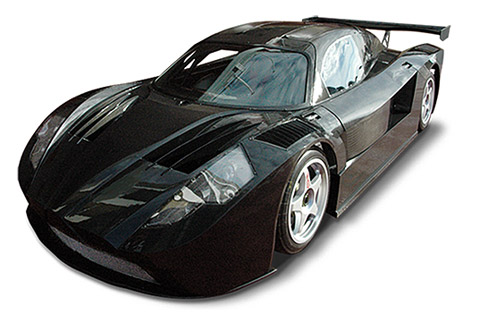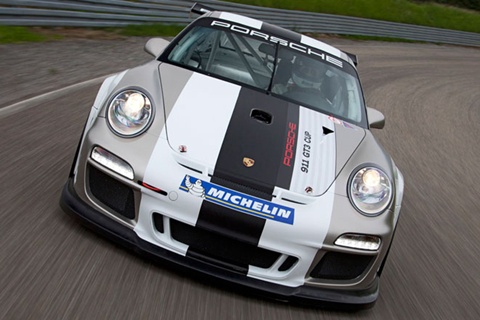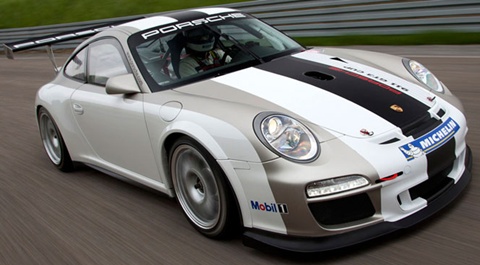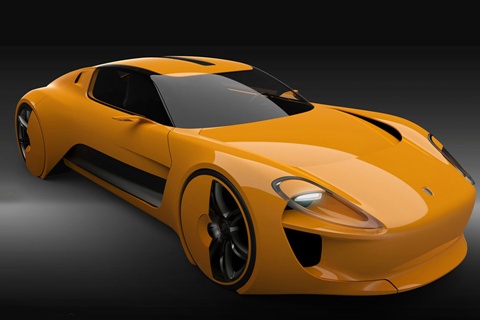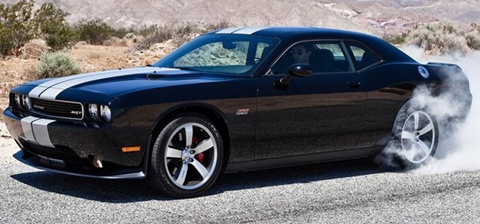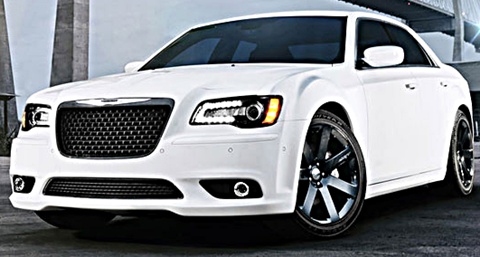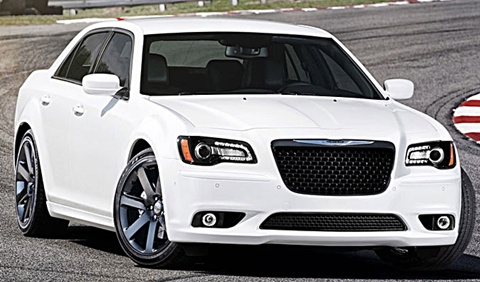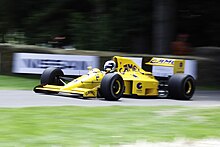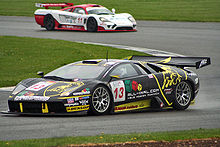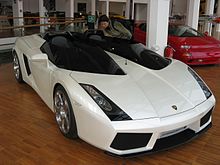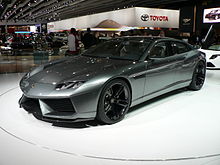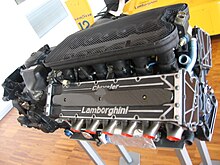In contrast to his rival Enzo Ferrari, Ferruccio Lamborghini had decided early on that there would be no factory-supported racing of Lamborghinis, viewing motorsport as too expensive and too draining on company resources. This was unusual for the time, as many sports car manufacturers sought to demonstrate the speed, reliability, and technical superiority through motorsport participation. Enzo Ferrari in particular was known for considering his road car business merely a source of funding for his participation in motor racing. Ferrucio's policy led to tensions between him and his engineers, many of whom were racing enthusiasts; some had previously worked at Ferrari. When Dallara, Stanzani, and Wallace began dedicating their spare time to the development of the P400 prototype, they designed it to be a road car with racing potential, one that could win on the track and also be driven on the road by enthusiasts. When Ferruccio discovered the project, he allowed them to go ahead, seeing it as a potential marketing device for the company, while insisting that it would not be raced. The P400 went on to become the Miura. The closest the company came to building a true race car under Lamborghini's supervision were a few highly modified prototypes, including those built by factory test driver Bob Wallace, such as the Miura SV-based "Jota" and the Jarama S-based "Bob Wallace Special".
Under the management of Georges-Henri Rossetti, Lamborghini entered into an agreement with BMW to build a production racing car in sufficient quantity forhomologation. However, Lamborghini was unable to fulfill its part of the agreement. The car was eventually developed in-house by the BMW Motorsport Division, and was manufactured and sold as the BMW M1.
The 1990 Lotus 102, featured Lamborghini V12 and was replaced with a more reliable Judd V8 in 102B version.
In the 1980s, Lamborghini developed the QVX for the 1986 Group C championship season. One car was built, but lack of sponsorship caused it to miss the season. The QVX competed in only one race, the non-championship 1986 Southern Suns 500 km race at Kyalami in South Africa, driven by Tiff Needell. Despite the car finishing better than it started, sponsorship could once again not be found and the programme was cancelled.
Lamborghini was an engine supplier in Formula One between the 1989 and 1993 Formula One seasons. It supplied engines to Larrousse (1989–1990,1992–1993), Lotus (1990), Ligier (1991), Minardi (1992), and to the Modena team in 1991. While the latter is commonly referred to as a factory team, the company saw themselves as a supplier, not a backer. The 1992 Larrousse–Lamborghini was largely uncompetitive but noteworthy in its tendency to spew oil from its exhaust system. Cars following closely behind the Larrousse were commonly coloured yellowish-brown by the end of the race.
In late 1991, a Lamborghini Formula One motor was used in the Konrad KM-011 Group C sports car, but the car only lasted a few races before the project was canceled. The same engine, re-badged a Chrysler, Lamborghini's then-parent company, was tested by McLaren towards the end of the 1993 season, with the intent of using it during the 1994 season. Although driver Ayrton Senna was reportedly impressed with the engine's performance, McLaren pulled out of negotiations, choosing a Peugeot engine instead, and Chrysler ended the project.
A Murcielago R-GT participating in the FIA GT Championship at Silverstone in 2006.
Two racing versions of the Diablo were built for the Diablo Supertrophy, a single-model racing series held annually from 1996 to 1999. In the first year, the model used in the series was the Diablo SVR, while the Diablo 6.0 GTR was used for the remaining three years. Lamborghini developed the Murciélago R-GT as a production racing car to compete in the FIA GT Championship, the Super GT Championship and theAmerican Le Mans Series in 2004. The car's highest placing in any race that year was the opening round of the FIA GT Championship at Valencia, where the car entered by Reiter Engineering finished third from a fifth-place start. In 2006, during the opening round of the Super GT championship at Suzuka, a car run by the Japan Lamborghini Owners Club garnered the first victory (in class) by an R-GT. A GT3 version of the Gallardo has been developed by Reiter Engineering. A Murciélago R-GT entered by All-Inkl.com racing, driven by Christophe Bouchut and Stefan Mücke, won the opening round of the FIA GT Championship held at Zhuhai International Circuit, achieving the first major international race victory for Lamborghini.

The Miura began as a clandestine prototype, a car that had racing pedigree in a company that was entirely against motorsport.
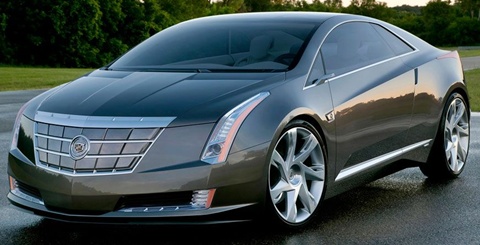
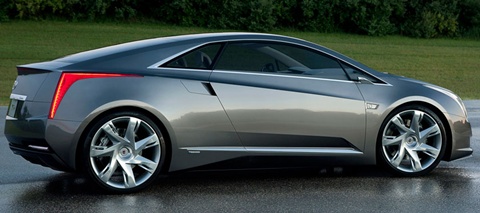 There have also been reports that prior to the debut of the Cadillac ELR, several issues were addressed to further enhance the on-going production of this model particularly the performance of hybrid electric motors. However, on the positive note, General Motors recently announced last August 2011 that it will continue the production plan for the Cadillac ELR as scheduled. This innovative design and state of the art engineering makes the ELR model one of its class ever built in the car manufacturing industry to develop a hybrid sports car.
There have also been reports that prior to the debut of the Cadillac ELR, several issues were addressed to further enhance the on-going production of this model particularly the performance of hybrid electric motors. However, on the positive note, General Motors recently announced last August 2011 that it will continue the production plan for the Cadillac ELR as scheduled. This innovative design and state of the art engineering makes the ELR model one of its class ever built in the car manufacturing industry to develop a hybrid sports car.
